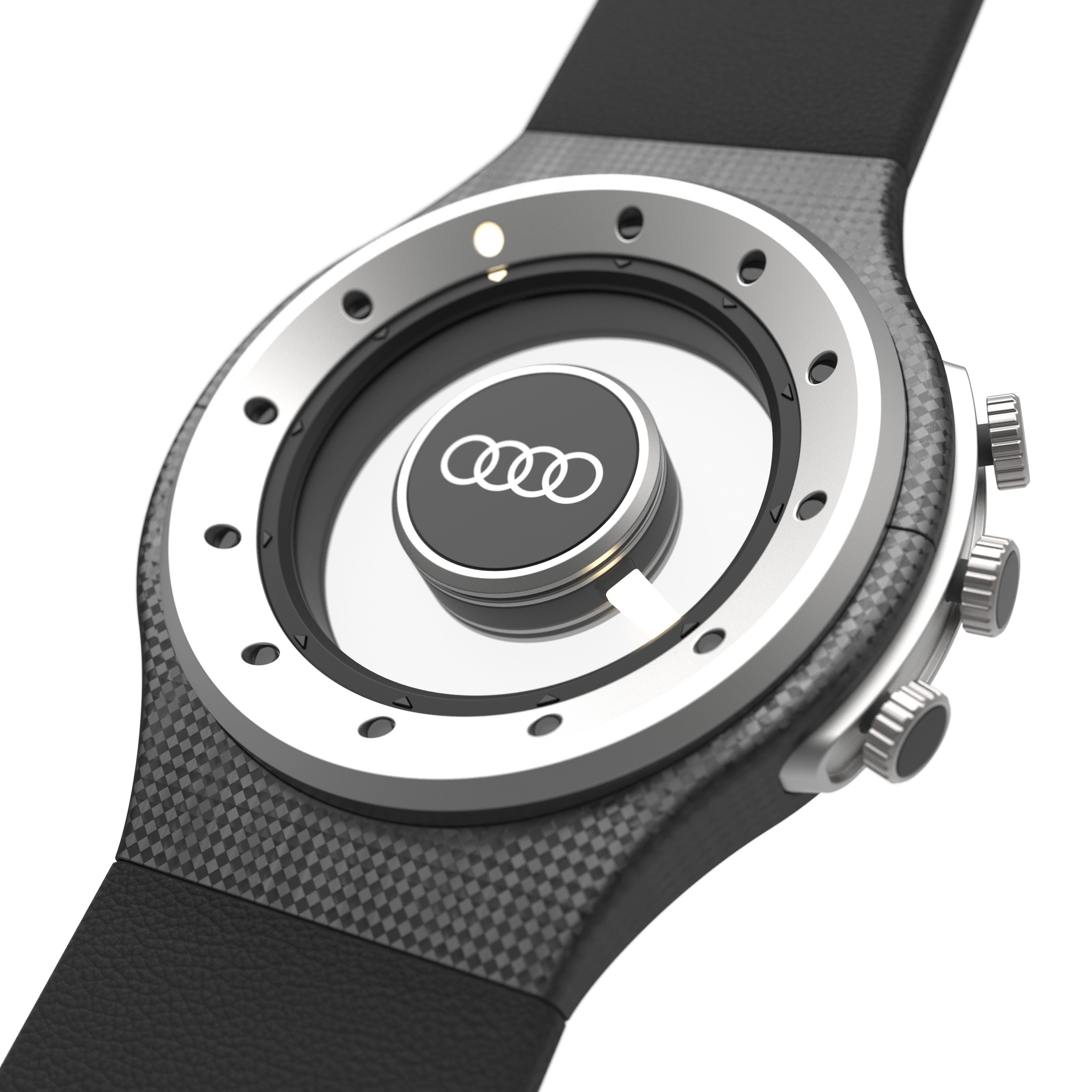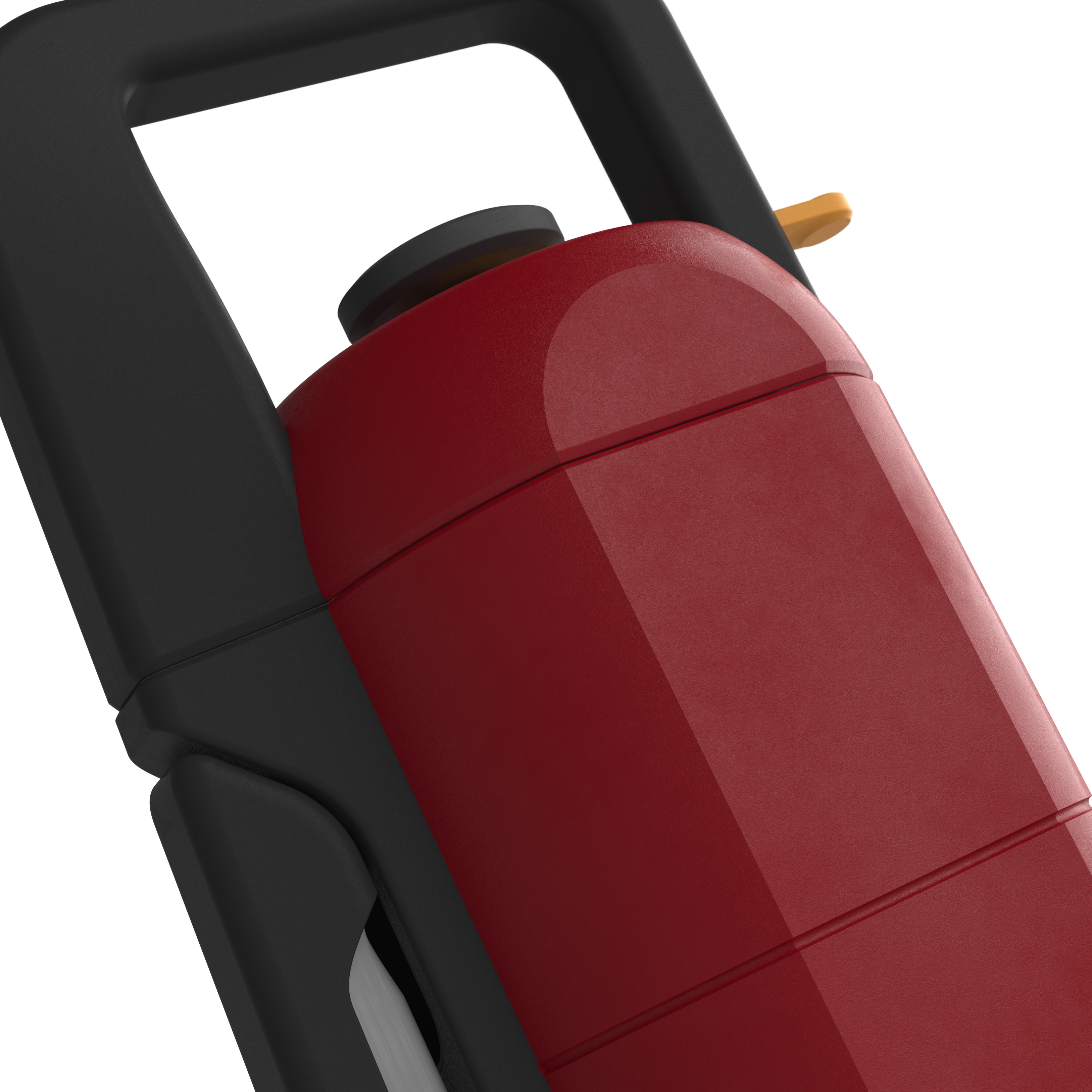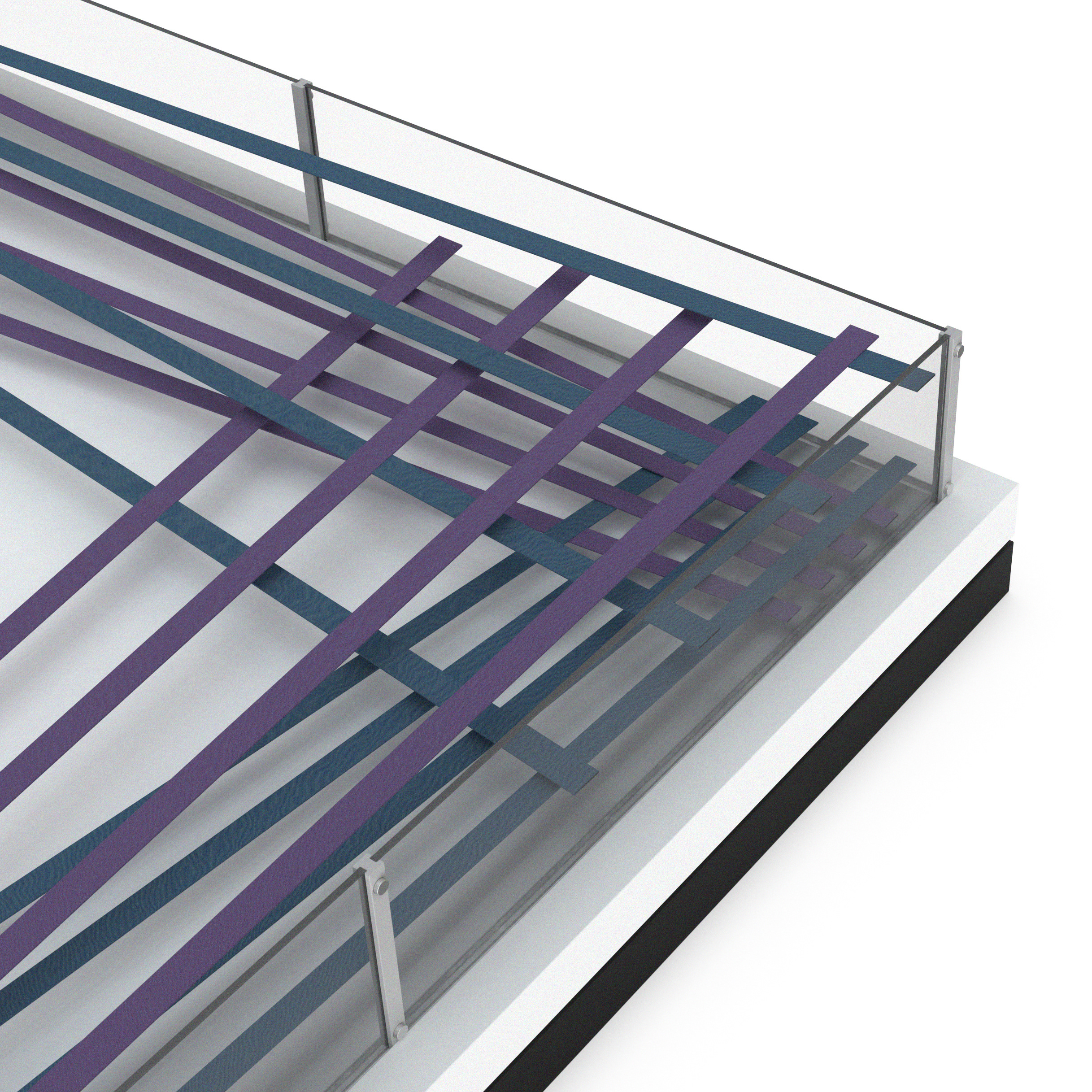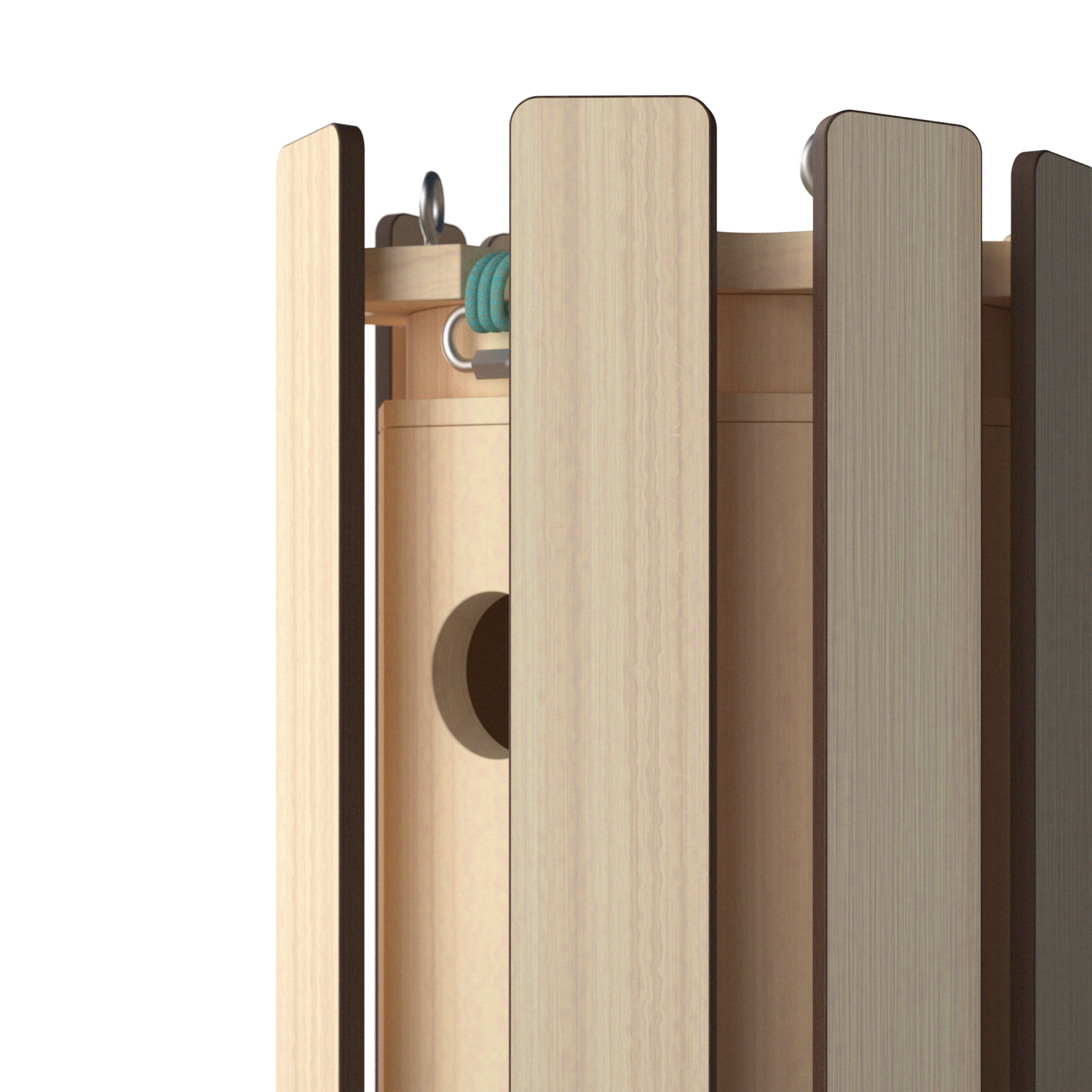Traction | Canadian ZEV concept for 2025
APMA launched Project Arrow and asked Canadian design students to develop a CASE mobility concept for the year 2025 in response to Prime Minister Trudeau’s call to action. Traction is the winning design concept that is modular, accessible, shareable and Canadian. Traction was designed with three very talented industrial design students from Carleton University: Mina Morcos, Matthew Schuetz, and Kaj Hallgrimsson.
Team Traction
Four design students from the Carleton University Industrial Design program with different skill sets and knowledge came together to design a unique and human centered SUV that represents Canada. All four design students adapted a new way of designing due to unexpected outburst of COVID-19; the team was physically separated, but brought together by virtual collaboration tools such as Messenger, Zoom and Oculus etc.
Canadians describe Canada as a place where they have freedom, safety, and community.
In this way, Canada has been good at finding the balance between progressive philosophies of creating change and leading by example, and the pragmatism that makes everyone feel safe, equal, and capable.
Canadian values and the form of the Canadian landscape were brought together to design the vehicle.
Overall Design Philosophy - Balance between Free (freeform) and Pragmatic (industrial).
The logo of the Traction was designed by Mina Morcos and it was inspired from the Canadian flag, rocky landscape (sifting rocks), and friction between surface (traction). The key visual concepts of both exterior and interior design initiated from the sifithing element of the Traction logo.
The stance of the car is inspired by that of a polar bear - large haunches, more weight in the rear, and a dramatic slope. The signature head and rear lights are inspired by the logo (which has shifting/stacked elements inspired from rocks), and visually connect the front to the rear.
Contrasting the dynamic exterior design, the interior of the vehicle is inspired by a soft layer of fresh snow and cozy home furniture. The goal was to provide a comfortable and safe living space for the users. Autonomous technology allows vehicles to be more than just a mode of transport; a functional living and practical space.
The micro mobility concept is derived from finding a way to assist people with limited mobility. This autonomous micro mobility concept assists users with lifting any kind of package into the trunk of the traction concept car.
Simple, Stable and Free
From the unending landscapes to the open arms with which we welcome the rest of the world, Canada, in many ways, is a blueprint for freedom. As the first Canadian zero-emissions vehicle, Traction too shows the world how to bring people together in a shared space for a better future.
Carved and Chiseled
The vehicle’s tectonic form takes inspiration from the ubiquitous ice and rock formations that make up the Canadian landscape from coast to coast. A dramatic slope is created where the greenhouse shears in opposition to the body, and the large haunches allude to that of a polar bear.
Yours, Mine and Ours
Being a shared vehicle, Traction reduces traffic, expenses and maintenance associated with ownership at no cost to individuality. Swappable roof modules give users the freedom to go and keep going where they need to with their ideal version of the vehicle. Fingerprint sensors on the steering wheel allow the vehicle to remember each driver’s preferred settings.
Home away from Home
Familiar materials rethought for a sustainable future make the vehicle feel like home, reduce emissions at the earliest stages of the vehicle’s life cycle, and help cut down weight.
The Future is Electric
Without a combustion engine, we were able to expand the interior space to give more leg room and more trunk (and “fr-unk”) space. And with autonomous driving, there are so many more ways to enjoy your time on the road: socialize, relax, do some work, look at the stars.
One for Everyone
In Canada, we welcome diversity. For that reason, Traction is made accessible with sliding doors that allow the vehicle to open in tight spaces; seats that turn out for ease of access; and an assistive device that can be used to aid with mobility and loading/unloading of the vehicle.




